Folklore and Hindi Films

Folklore and Hindi Films
India is the largest film producing country in the world; it produces about 900 films annually. Indian films are not only seen in South Asia but also almost all parts of the world love to watch “the song and dance routine” of Bollywood. Indian films are popular in Russia, Canada, Australia, Middle East, United States and Mauritius just to name a few countries. Incidentally, Raj Kapoor a popular actor of the 1950s and 1960s attained the status of a folk hero in some parts of Soviet Union. His film Awaara in 1951 was highly acclaimed and popular not only in Russia but also in Africa and countries like Turkey.
Cinema opens a new window into culture by studying it we get a deeper understanding of the customs, behaviour patterns, values and arts and crafts of the Indian people. Deeper insights into the complex process of modernization, colonialism, nationalism and freedom and status of women can be acquired through Indian films. Cinema not only mirrors culture but also shapes it. By studying Indian cinema we can see how they have in turn shaped and promoted modernization, westernization, urbanization, secularism and emancipation of women.
Folk ideas and folk motifs have also found its way in Indian cinema and have regularly been used in particularly in Indian film songs and dances. Several folk tunes for example songs sung by Latha Mangeshkar in the film directed by Gulzar Lekin, Yara sili sili and Kesariya Balama are based on popular folk tunes. S.D. Burman, highly inspired by the Baul singers of Bengal, also used several folk tunes of these Bhatiyali while composing music; this can be seen in a very popular song Sun mere bhandu re in the film Sujatha. One of the best and popular music composer, who has won the Oscar, A.R. Rehman is greatly influenced by folk tunes, (said to be composed by Ghazi Khan) that can be seen in his composition Limbuda in the film Hum Dil De Chuke Sanam. He also uses sufi music to large extent that is heavily popular not only in India but also the west.
Many dance numbers also borrow folk concepts and Saroj Khan the famous dance choreographer is heavily influenced by folk dance of India. This can be seen in the dance of the famous actor Sri Devi in Morni Baaga main boli aadhi raat ma in the film Lamhe. Hybridized folk dancing can also be seen in many other films like used in Jhanak Jhanak Payal Bhaje. Another form of dancing was also popularized by actor Vyjayanthimala who in the film New Delhi combined Bharat Natyam dance steps with Kathak dance and Bhangra, a Punjabi folk dance.
By studying Indian cinema we can enter productively into the thought worlds and the performance worlds of other traditional arts such as the folk ones. Many Indian film directors from pioneers such as Dadasaheb Phalke to directors like Satyajit Raj, Ritwik Ghatak and Shyam Benegal have sought to employ creatively the visualizations and the colour symbolisms that can be seen in folk dance, music, mime and theatre. In the use of song, dance, humor, structure of narrative, the melodrama, the folk plays of Lavani, Tamasha of Maharastra, Jatra of Bengal, Bhavai of Gujarat, Nautanki of northern India and Terukuttu of Tamilnadu have had great influence on popular Indian filmmakers.
Perhaps the greatest influence of folk in films can be seen in the genre of mythology. The first Indian feature film Raja Harishchandra directed by Phalke was based on the mythology from the Ramayana. Phakle was highly influenced by the film the Life of Christ and he decided to make a mythological film. His 50 minute film Raja Harishchandra became immensely successful that saw its influence on many other films based on the same genre. The myth has a strong cultural- religious tradition and the Indian mind is deeply attached to it. This can be seen in later films like Jai Santoshi Maa which helped in resurrecting a little known provincial goddess to a grand overpowering level where new temples for her have sprung up in all over the country. Among the most popular myths have been from the epics Ramayana and Mahabharata and the countless tales connected with Lord Krisna. These have been repeated frequently and we can give a number of instances such as Shataram’s Surekha Haran, Vijay Bhatt’s Bharat Milap and the actor Dara Singh playing lord Hanuman in Bajrangbhali. Many animation films like Hanuman and Return of Hanuman are also being created now to find the audience amongst children and keen adults.
Mythological themes like good fighting and destroying evil (Sholay by Ramesh Sippy,) brothers uniting (Kabhi Khusi Kabhi Gam by Karan Johar), reincarnation (Om Shanti Om by Farah Khan), sacrifice (Mother India by Bimal Roy) and tolerance (Bombay, and Roja by Mani Ratnam) can also be seen in films. Historical anecdotes and instances can be seen in films such as Mohenjadaro and Jodha Akbar.
Folklore legends about holy men and women (example Sant Tukaram and Savitri Satyavan),kings and queens ( Mughal –e- Azam, Ruzia Sultana and Jodha Akbar) and even outlaws and dacoits (Reshma aur Shera by Sunil Dutt) can be seen in films. There are also stories about legendary love pairs who have lived and died for love which have been made into films such as Heer Ranjha, Sohni Mahiwal, Mirza Sahiban and Dhola Maru. Fantasy based and magic films were made by Kikubhai Desai as early as the 1930s. Today we see that Subhash Ghai and late Manmohan Desai have raised this genre to the opulent levels of grand, multistar films, good examples being Dharam Veer, Amar Akbar, Anthony and Parvarish. Pure fantasy films have also been made such as Alladin, Alibaba, Sindbad the Sailor and Thief of Baghdad. By and large, all the non myth genres in films have functioned as mythological by products, existing in a supernatural miracle world and promoting old world beliefs and superstitions.



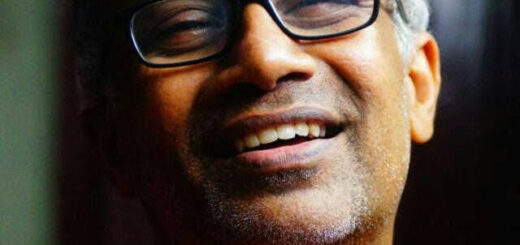
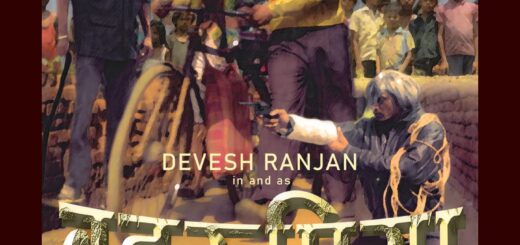
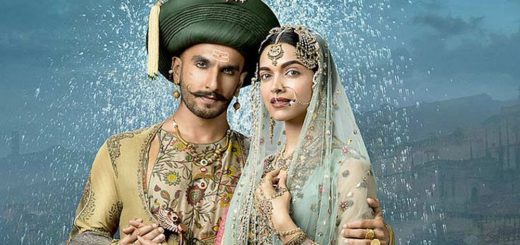




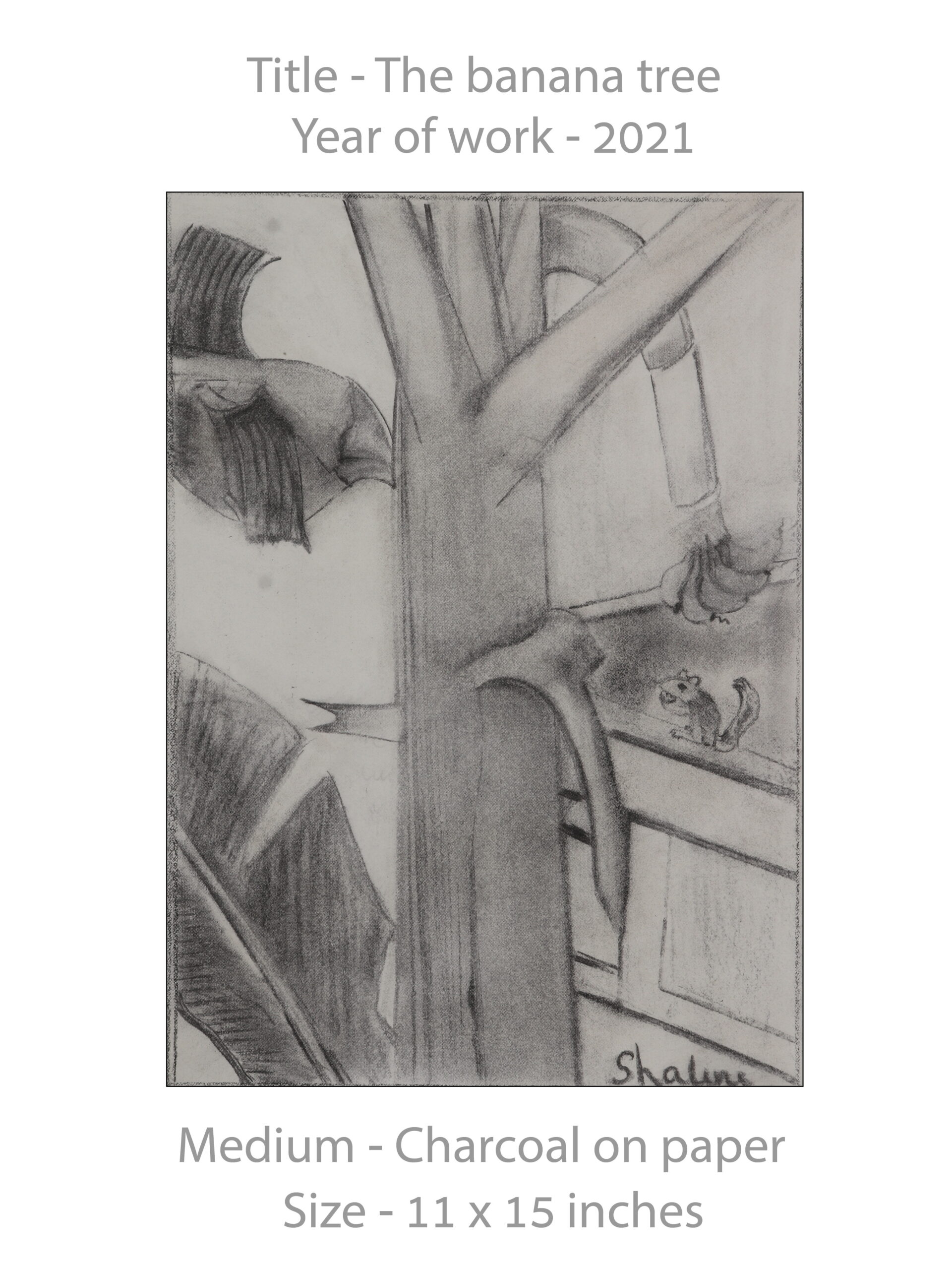
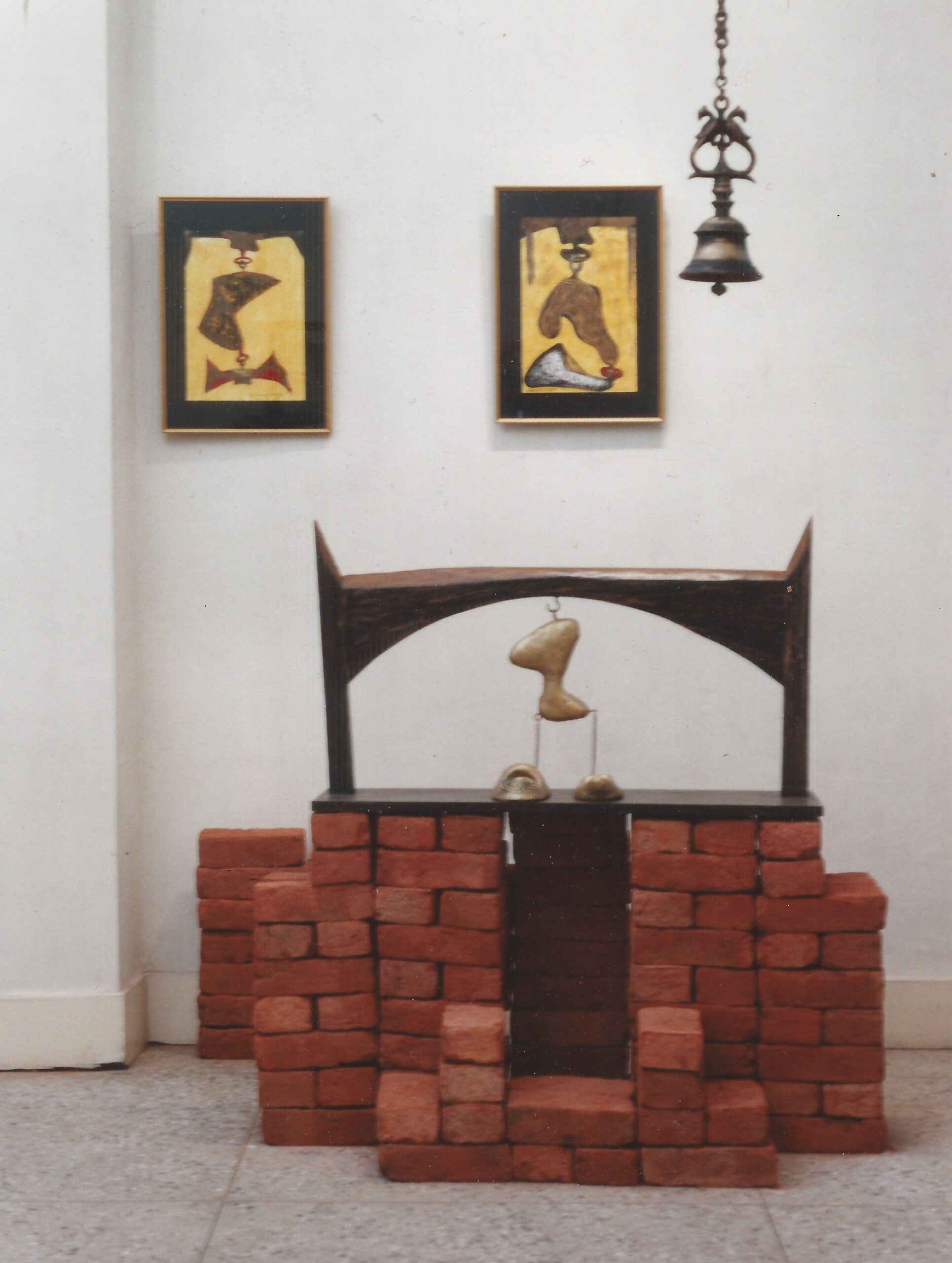
Great Write up
Rudali indeed has great impact , the song is heart touching and warming. Another beauty in Hindi music was perhaps Ae Dil E Nadan
You have beautifully expressed & Films in any language have great impact in developing culture values and nationalism in a society besides providing great entertainment.
DKSHARMA
Indian film industry is the largest in the world. Weakness in the race of technology is reducing day by day. It’s going to be on too soon.
If the creation of all OTT platforms is considered, the production should be now more than 900 perhaps.
India is OTT now.
Thanks. You are probably right.